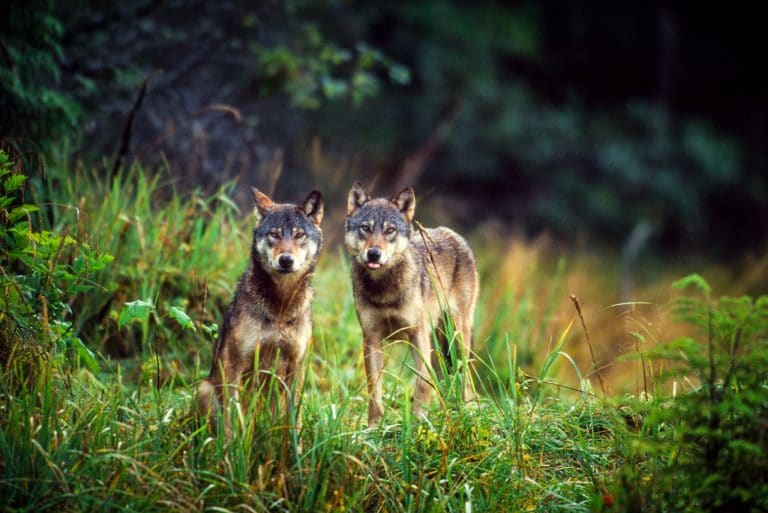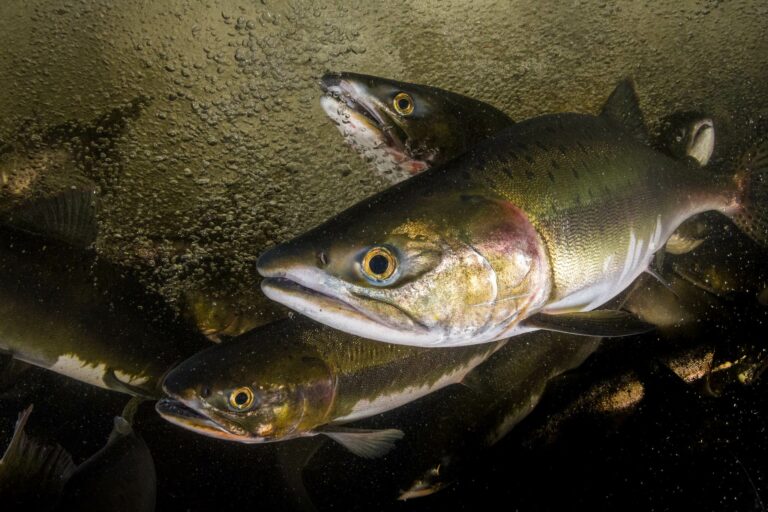
Our Top Questions To Ask Your Newly Elected MPs
As Canada elects a new government, we want to ensure our supporters have the tools to communicate with newly elected MPs in their home communities. Here are some questions relating to our main conservation campaigns for you to ask and converse with your federal representatives.
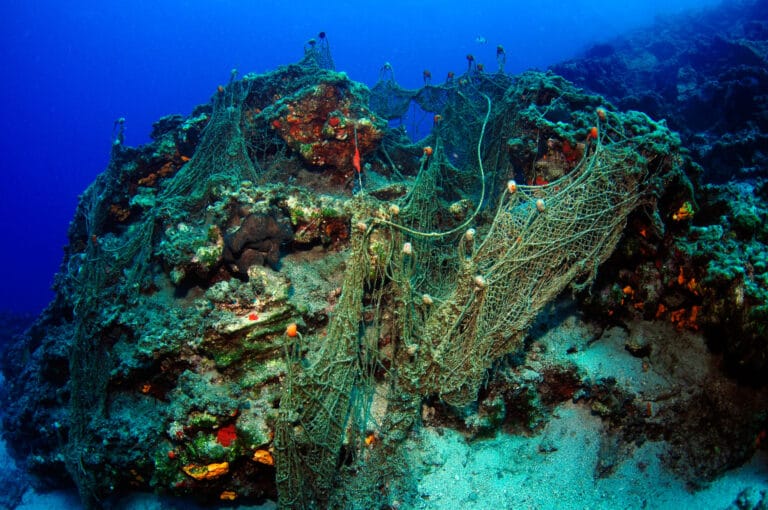
Ghost Gear: The Silent Killer of Our Oceans
One of the most devastating environmental implications of bottom trawling is the loss of fishing gear resulting in Ghost Gear.
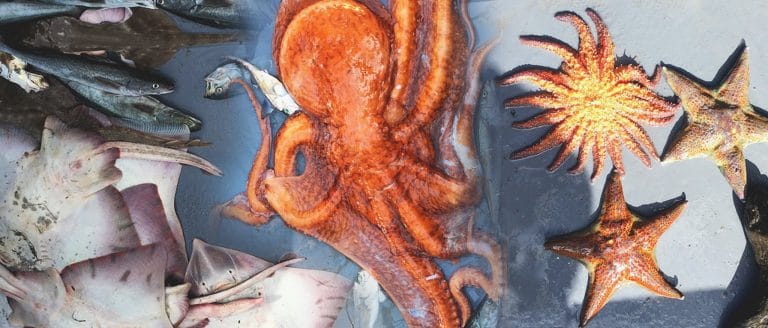
Trawl Transparency: Why Sustainable Fisheries are Impossible Without Real Transparency
Monitoring bottom trawl catch and bycatch of both commercial and non-commercial species is essential for detecting shifts in marine community structures.
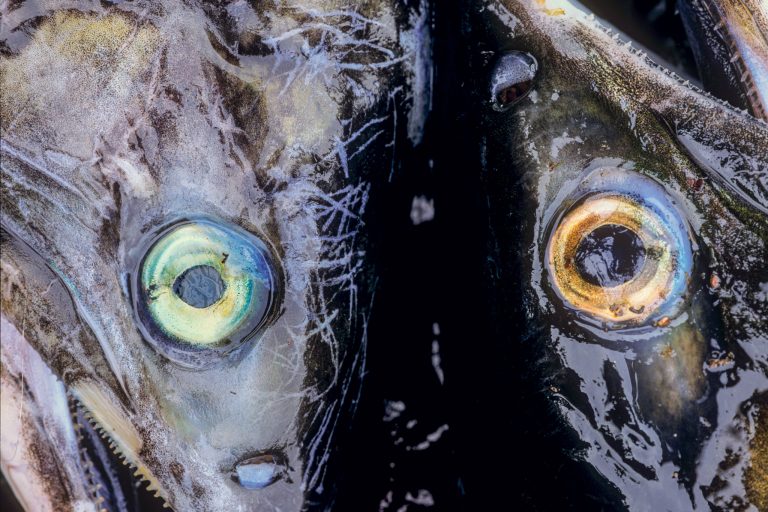
Extreme Heat has Serious Repercussions for Pacific Salmon
The heat dome in June, followed by the August heat wave, may have caused serious repercussions for our already struggling Pacific salmon populations. Salmon are already at risk due to a combination of factors, including increasing wildfires, habitat loss, logging and other climate disasters. The recent heat is only exacerbating their vulnerability.
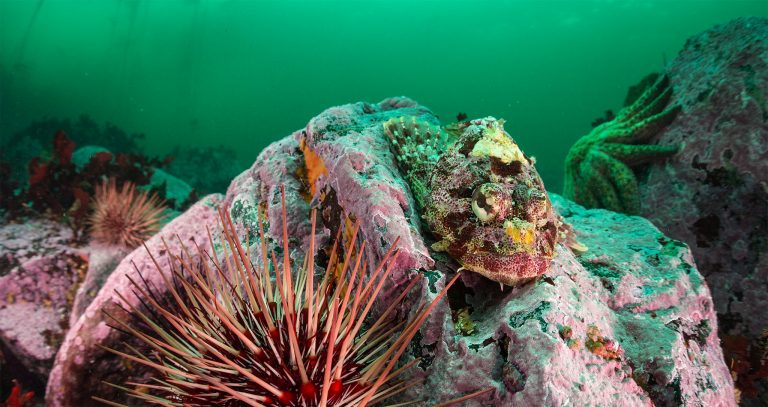
Canada needs Enforceable & Actionable Regulation within Marine Protected Areas
As Canada continues to work towards protecting 30 percent of oceans by 2030 via marine protected areas (MPAs), increased protection measures must be met with increased fisheries management in these zones.

Ian McAllister moves into new role as Conservation Advisor
Today, the Board of Directors of Pacific Wild Alliance announce the resignation of Ian McAllister as Executive Director, effective August
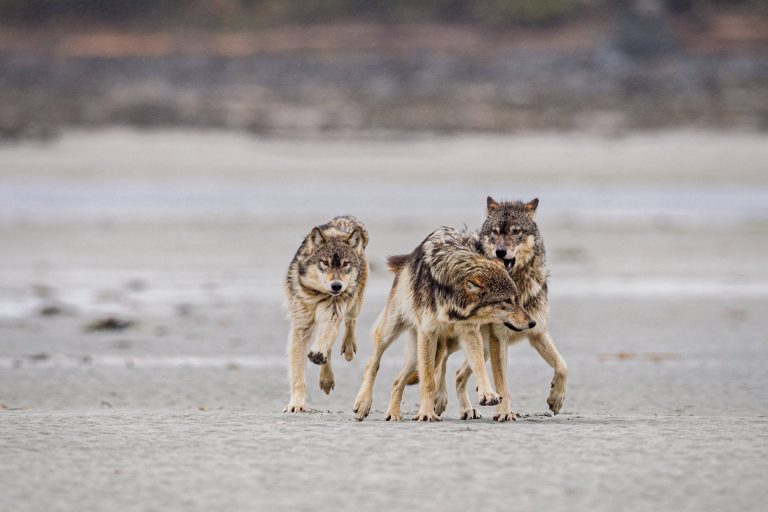
Celebrating Coastal Wolves on International Wolf Day
Today is #InternationalWolfDay and we wanted to take the opportunity to shine a light on the charismatic and unique coastal wolves of British Columbia.
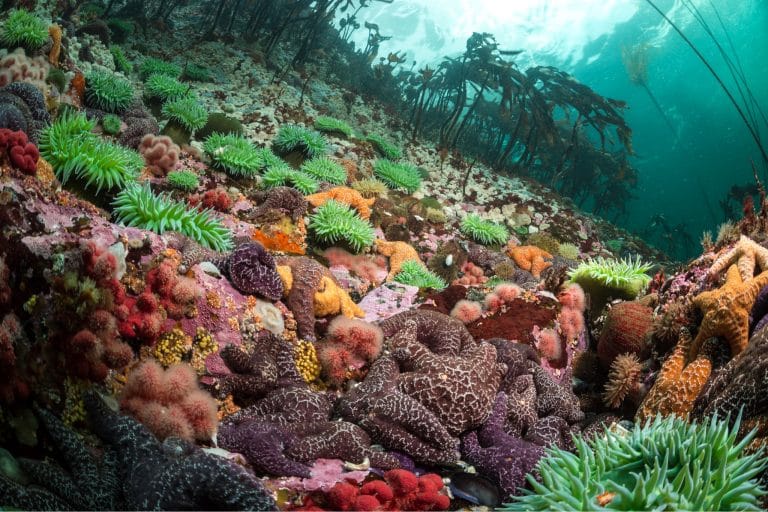
An Overview of Bottom Trawling in Canada
Large bottom trawl nets are currently being dragged along Canada’s seafloor, wiping out vulnerable fish stocks, coral reefs and other invaluable ecosystems. Non-target and endangered species are falling victim to these nets and are tossed overboard as bycatch. Furthermore, bottom trawling is responsible for releasing more than one billion tonnes of carbon dioxide a year by disrupting carbon stored in the seafloor.
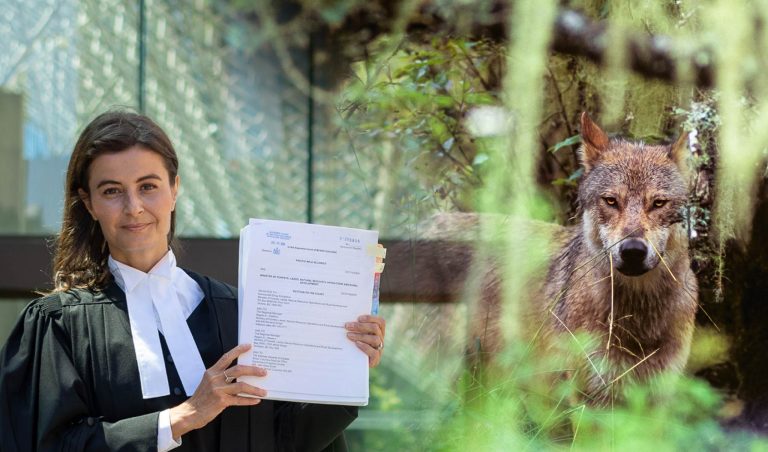
Update on our Legal Fight to #SaveBCWolves
After two full days in court, our case has made headway. The judge is engaged, and he is giving enough time to hear the case which is rare in animal law cases. While court time was originally set for only two days, the judge has deemed that at least three more days in court are required.
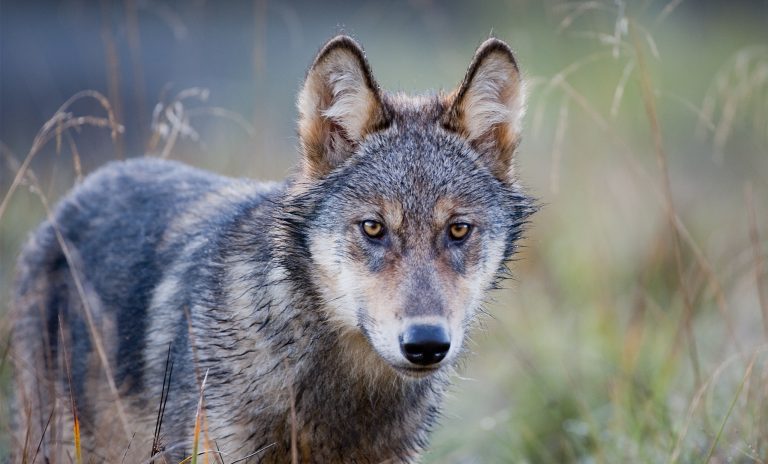
Press Release: Court to Review Lawfulness of BC Government’s Wolf Cull
Pacific Wild Alliance, a BC-based conservation organization, filed court documents in 2020, asking the BC Supreme Court to review the lawfulness of the province’s wolf cull program. The court is set to hear the matter beginning today, on July 7th, 2021.
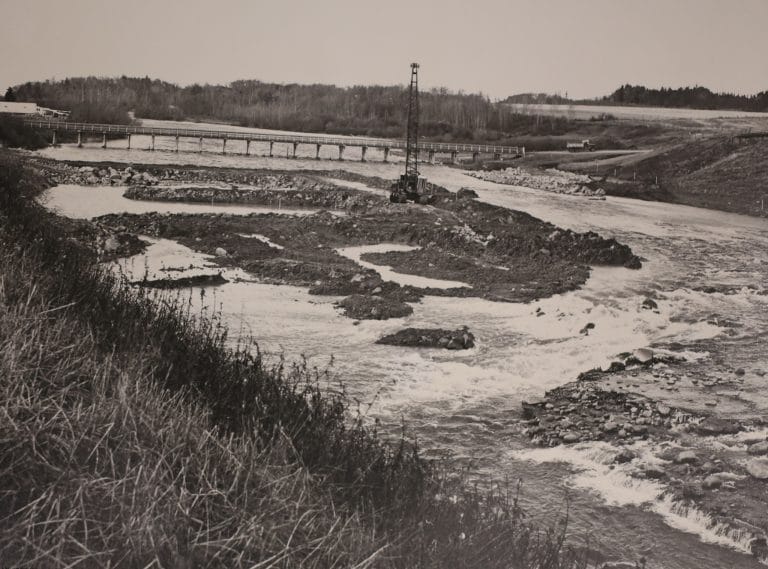
The Modern History of the Nechako River: From a Healthy Ecosystem to an Industrial Canal
This World Oceans Week, we’re supporting the Nechako First Nations and their plans for Nechako River Watershed restoration efforts. This case exemplifies the importance of watershed health and its relationship to marine health.
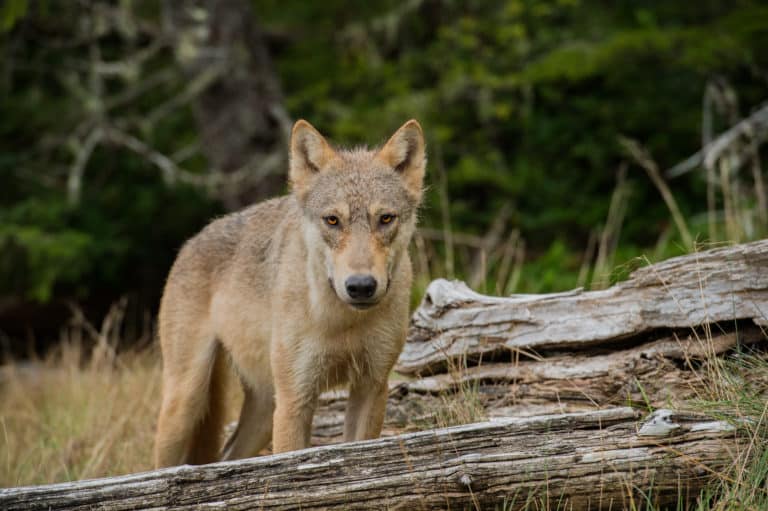
Open Letter: Wildlife Killing Contest
Pacific Wild in collaboration with 80 other groups are British Columbia have signed on to the United We Stand For Old-Growth Forests. Today, and every day, we, the undersigned, stand together in an unpreedented show of unity againsit the destruction of old grwoth forests. Standing strong for future generation.
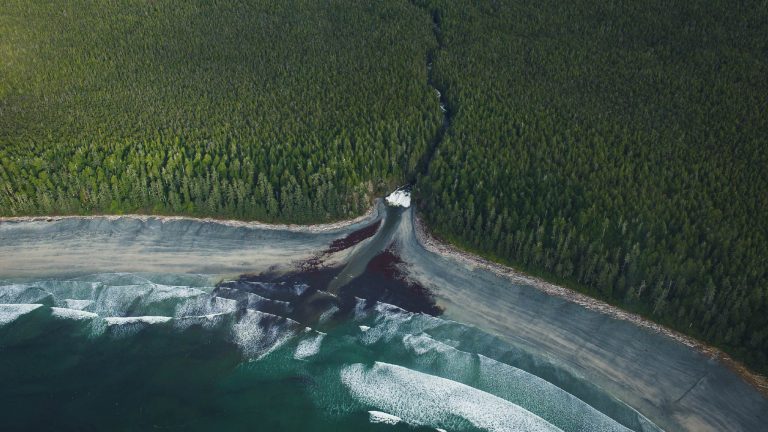
Celebrating World Oceans Day from #StreamToSea
In the leadup to #WorldOceansDay on June 8th, we are celebrating Canada’s watersheds. More than 28 million Canadians live inland with only 13% of people living within 20 km of the ocean. However, no matter where you are, in Canada or the world, you still reside in a watershed.
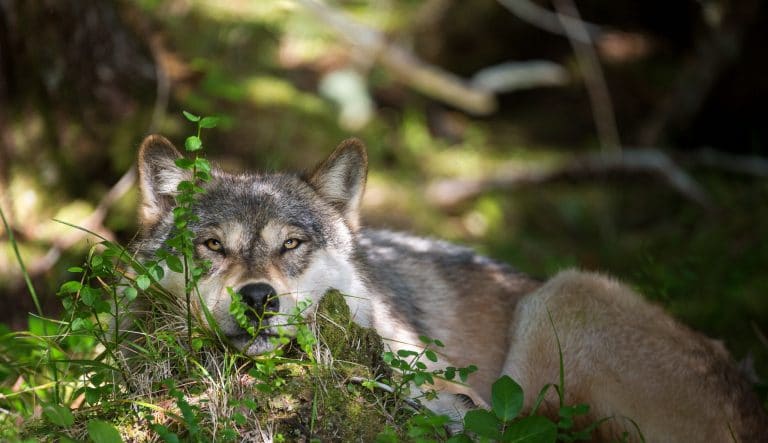
Letter of Support for Oak Bay Resolution
The current resolution brought forward by the Municipality of Oak Bay calling for a moratorium on the recreational hunting of wolves is one that we wholeheartedly support.
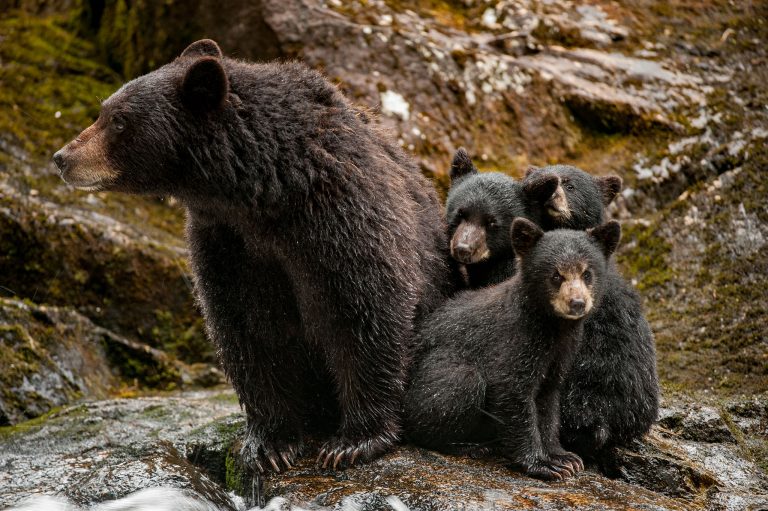
Police Act Reform Submission
Pacific Wild’s submission to the Legislative Assembly of British Columbia for review and consideration with a specific focus on the BC Conservation Officer Service’s role as a law enforcement service provider in British Columbia
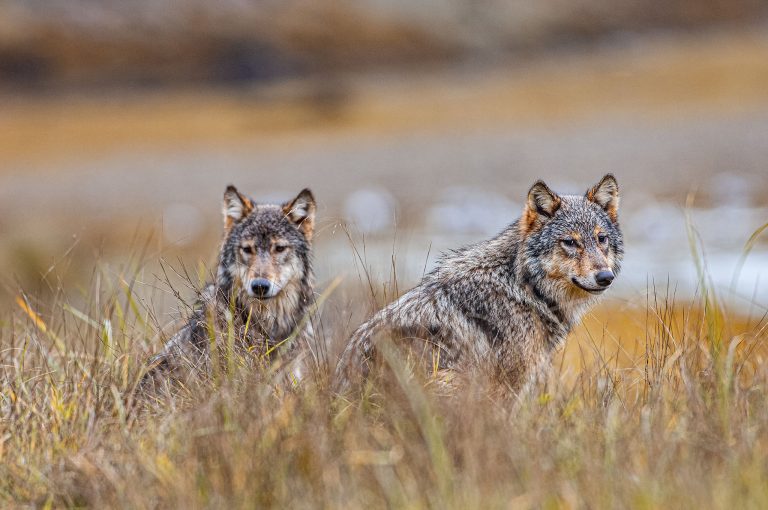
National Observer: BC kills 237 wolves while court challenge of air hunt pending
The B.C. government killed 237 wolves as part of its wolf cull program over the winter despite a court challenge on the legality of the aerial practice.
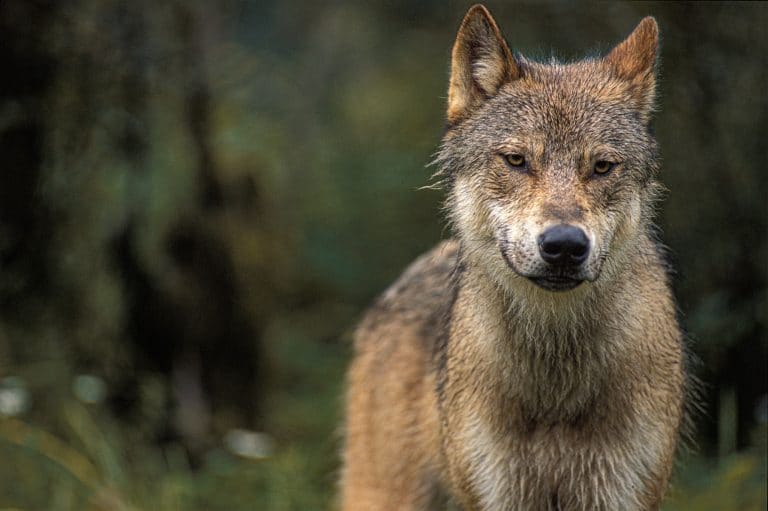
Press Release: B.C. Kills 237 Wolves While Matter Before the Courts
Pacific Wild has learned that the B.C. government killed 237 wolves during the winter of 2021 as part of the province’s continued war on wolves – despite the matter of the lawfulness of the cull being before the courts.
